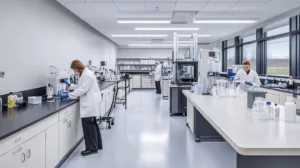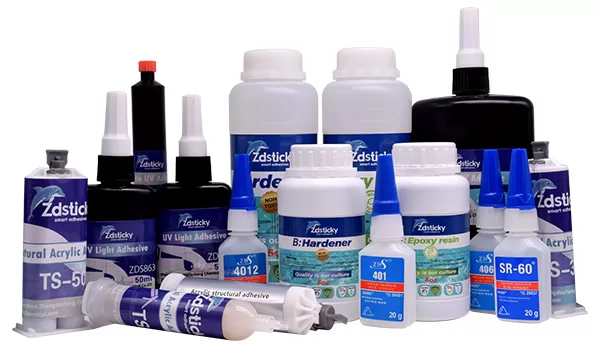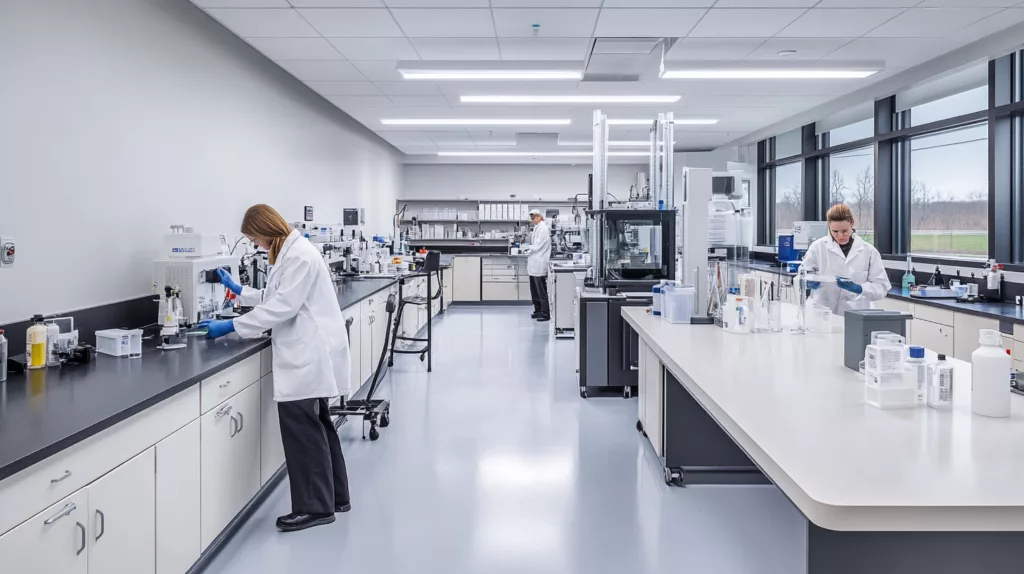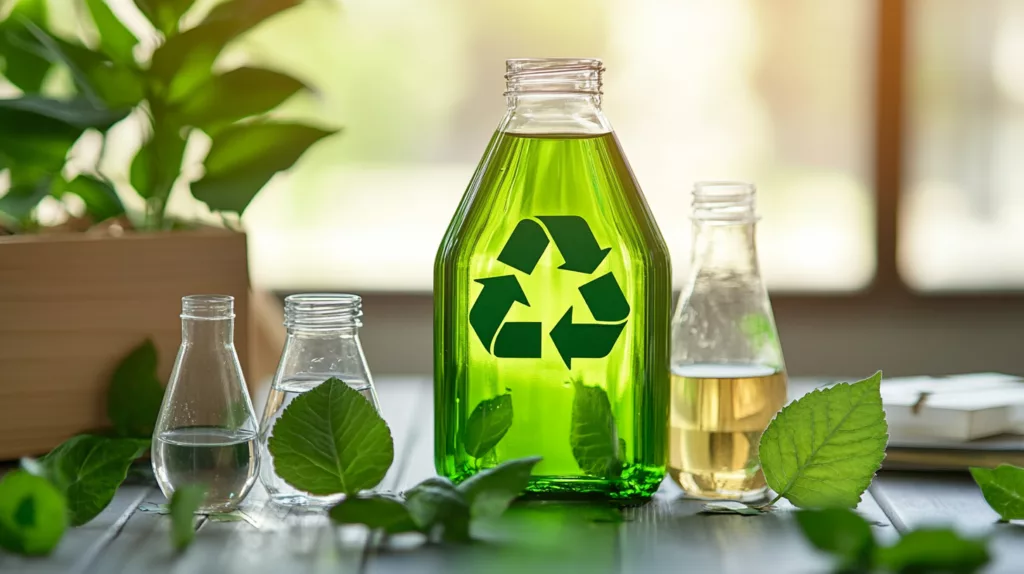Epoxy is a versatile and widely used adhesive known for its strength, durability, and bonding capabilities. But if epoxy gets too hot, it changes and might not work as well or stay strong. In this blog post, we will explore what happens to at high temperatures epoxy to help you understand its behavior in such conditions.
Temperature Limits of Epoxy
Epoxy adhesives have specific temperature limits beyond which their properties may be compromised. These limits vary depending on the specific formulation of the epoxy and its intended application. To find the highest temperature for an epoxy product, look at the manufacturer’s specifications and guidelines.
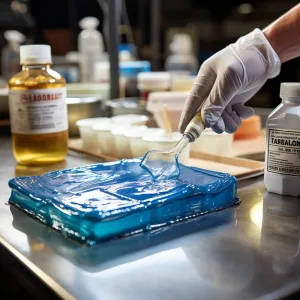
Softening and Flow
One common effect of high temperatures epoxy is softening or melting. As the temperature rises above the epoxy’s limit, it begins to lose its structural integrity and may become soft or even liquid-like. This can cause the adhesive to flow or deform, compromising the bond strength. In extreme cases, the epoxy may completely liquefy, resulting in a loss of adhesion between bonded surfaces.






